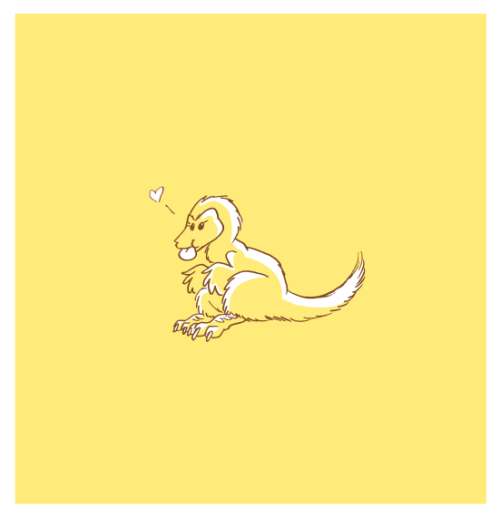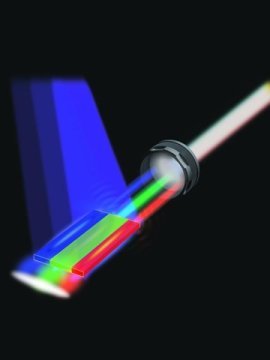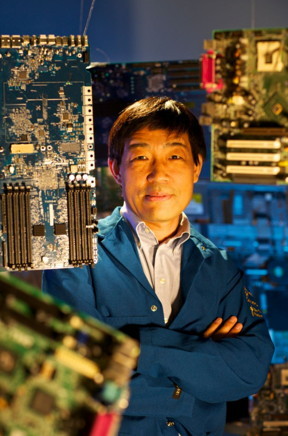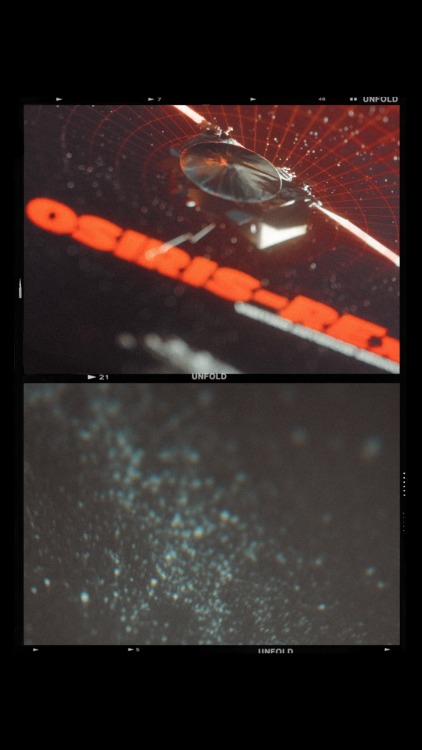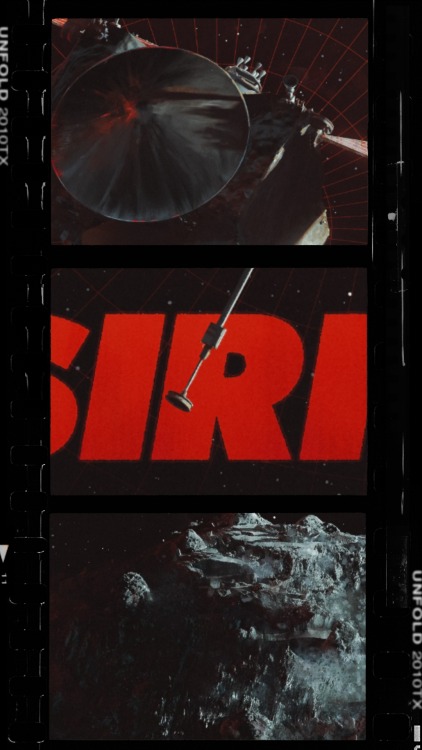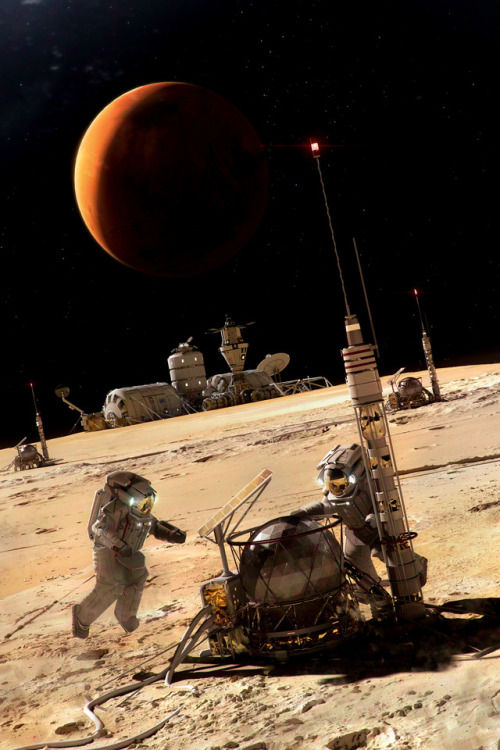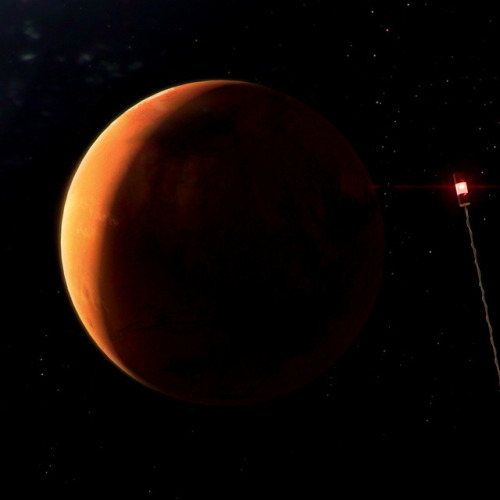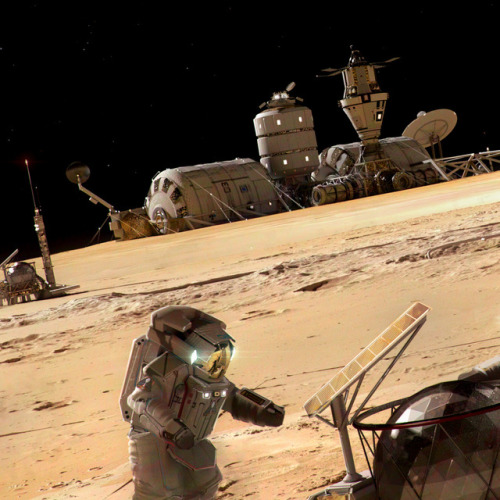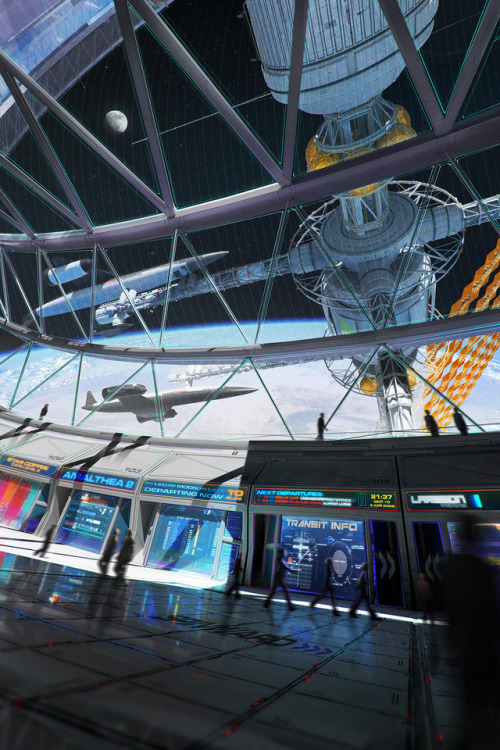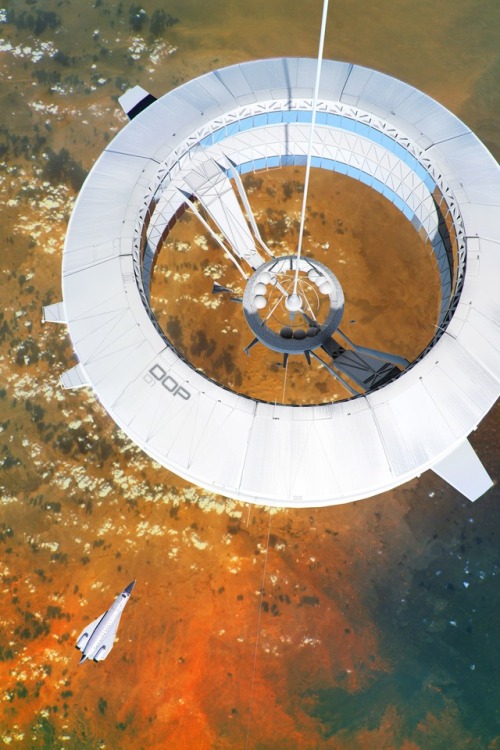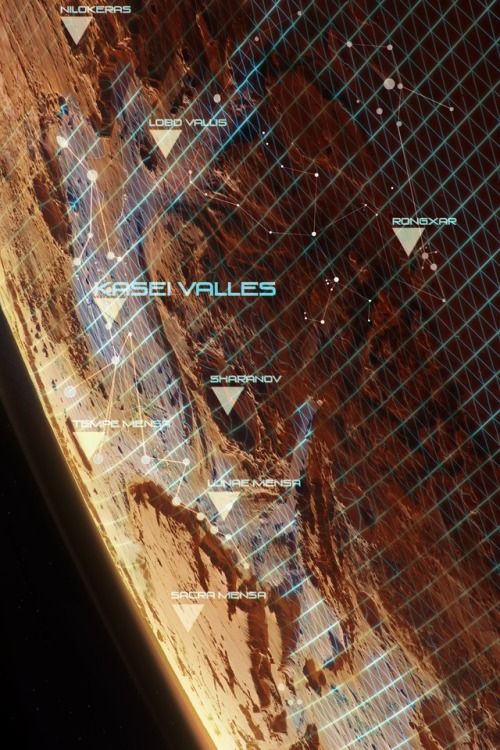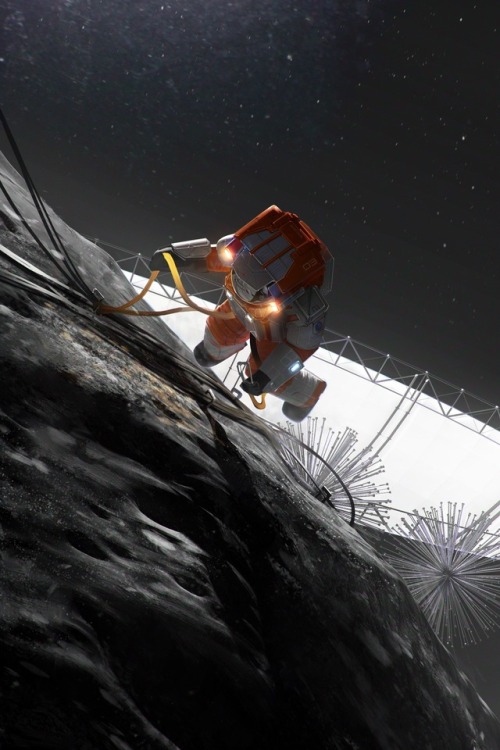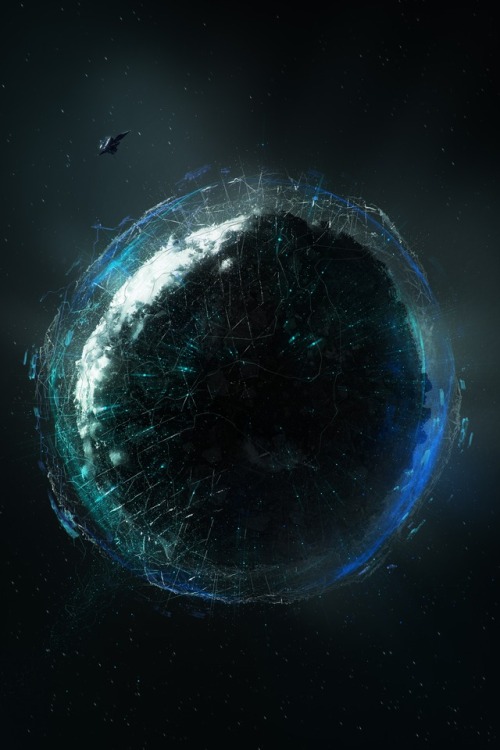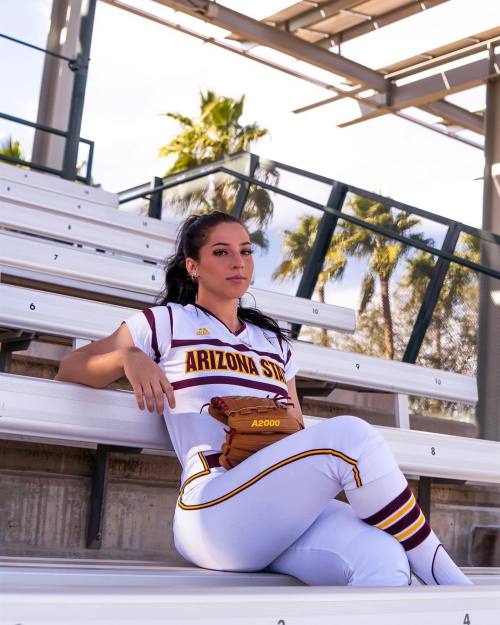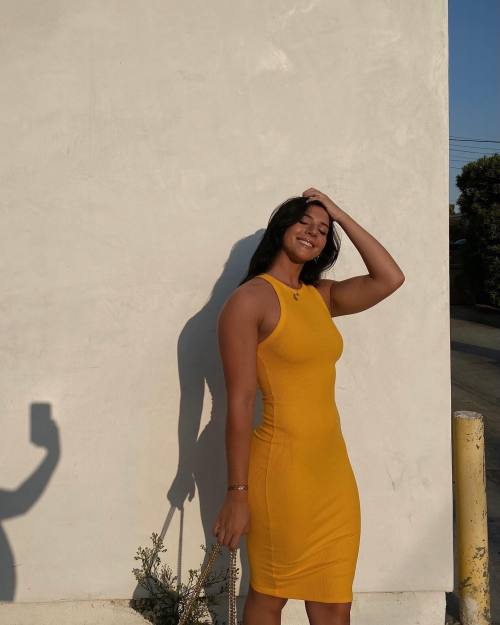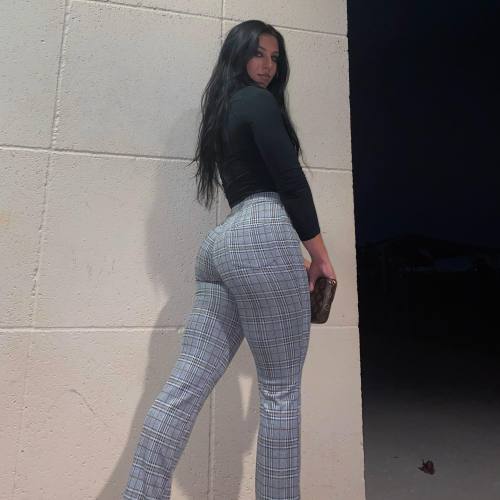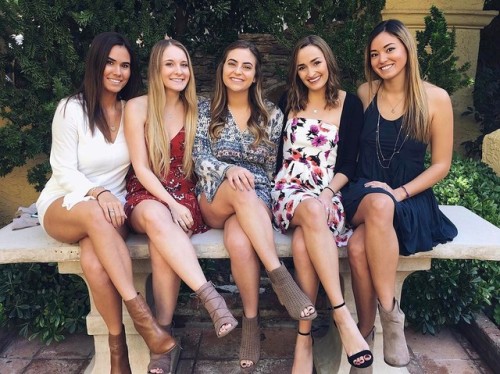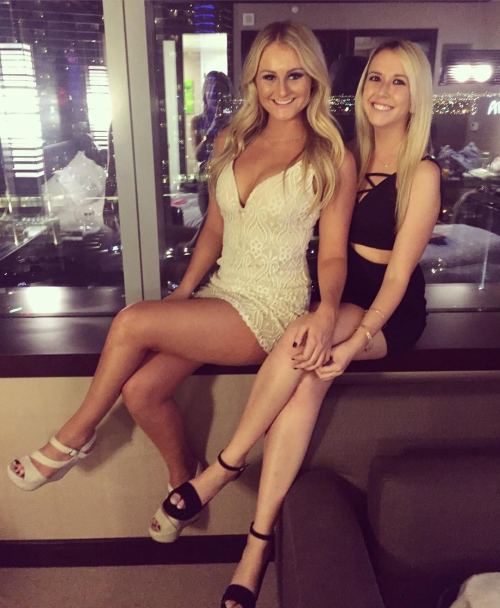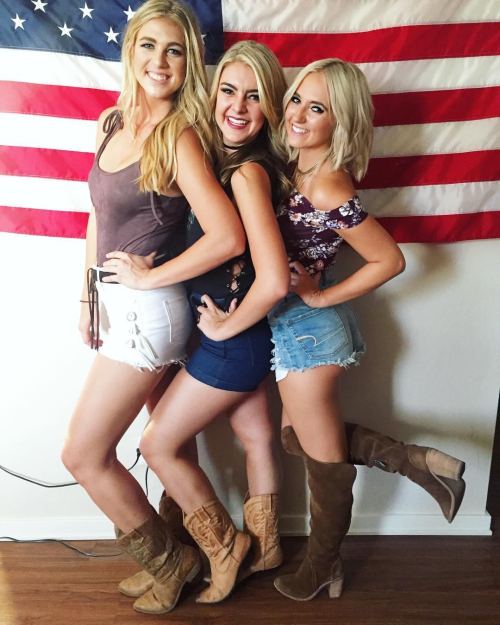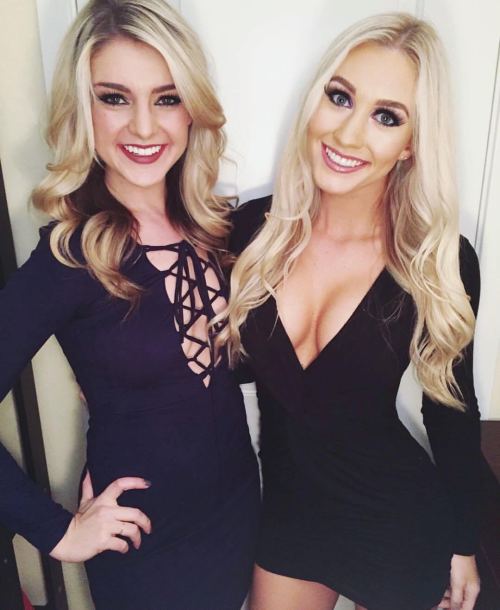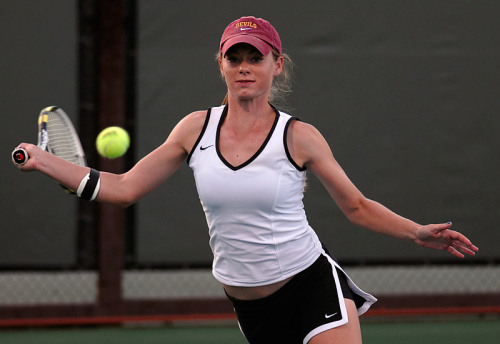#arizona state university
Scientists discover new field affecting metals solidification
A fundamental discovery that alters our current understanding of how metals solidify and form crystalline patterns may help lead to better control of casting and welding processes. It also explains how snowflakes and many mineral patterns form naturally.
Reexamining data from his 20-year-old NASA experiment involving the repeated freezing and melting of high-purity materials in microgravity, Martin Glicksman, research professor in materials science and the Allen Henry Chair at Florida Institute of Technology, working with Kumar Ankit at the School of Matter, Transport and Energy at Arizona State University, discovered the way nature guides formation of complex patterns in materials that crystallize.
Glicksman discovered an energy field affecting all crystallizing substances, which he labeled the bias field that he believes is nature’s way of guiding cellular and branching dendritic microstructures that form during solidification of most metals and alloys.
“In the last phases of melting, needle-like crystals suddenly changed to spheres, and so for the first time ever, as we watched stationary particles melting in microgravity and observed their rather remarkable shape change,” Glicksman said.
Post link
World’s first white lasers demonstrated
While lasers were invented in 1960 and are commonly used in many applications, one characteristic of the technology has proven unattainable. No one has been able to create a laser that beams white light.
Researchers at Arizona State University have solved the puzzle. They have proven that semiconductor lasers are capable of emitting over the full visible color spectrum, which is necessary to produce a white laser.
The researchers have created a novel nanosheet – a thin layer of semiconductor that measures roughly one-fifth of the thickness of human hair in size with a thickness that is roughly one-thousandth of the thickness of human hair–with three parallel segments, each supporting laser action in one of three elementary colors. The device is capable of lasing in any visible color, completely tunable from red, green to blue, or any color in between. When the total field is collected, a white color emerges.
The researchers, engineers in ASU’s Ira A. Fulton Schools of Engineering, published their findings in the July 27 advance online publication of the journal Nature Nanotechnology. Cun-Zheng Ning, professor in the School of Electrical, Computer and Energy Engineering, authored the paper, “A monolithic white laser,” with his doctoral students Fan Fan, Sunay Turkdogan, Zhicheng Liu and David Shelhammer. Turkdogan and Liu completed their Ph.Ds. after this research.
Post link
Research accelerates quest for quicker, longer-lasting electronics: UC Riverside-led research makes topological insulators magnetic well above room temperatures
In a paper published today in “Science Advances,” Jing Shi, a professor of physics and astronomy at the University of California, Riverside, and colleagues at Massachusetts Institute of Technology (MIT), and Arizona State University report they have created a TI film just 25 atoms thick that adheres to an insulating magnetic film, creating a “heterostructure.” This heterostructure makes TI surfaces magnetic at room temperatures and higher, to above 400 Kelvin or more than 720 degrees Fahrenheit.
The surfaces of TI are only a few atoms thick and need little power to conduct electricity. If TI surfaces are made magnetic, current only flows along the edges of the devices, requiring even less energy. Thanks to this so-called quantum anomalous Hall effect, or QAHE, a TI device could be tiny and its batteries long lasting, Shi said.
Engineers love QAHE because it makes devices very robust, that is, hearty enough to stand up against defects or errors, so that a faulty application, for instance, doesn’t crash an entire operating system.
Post link
Real space mission
A quick piece, mostly done while watching livestream of @osiris_rex taking samples from asteroid Bennu last month.
Post link
Space project
Astronauts inspecting water extractors on the surface of Deimos.
It’s an alternative version of the “Death on Mars” illustration, that I did for NASA and ASU’s book. While the book was being put together, there were some changes made to the story, and I reworked the image to better fit the new narrative.
A little reminder that you can download the book for free in various e-book formats (or even get a print-on-demand copy) Thanks!
Post link
Science project
Last year, in cooperation with ASU Center for Science and the Imagination, and NASA - National Aeronautics and Space Administration, I had a great chance to create 8 illustrations for the project called “Visions, Ventures, Escape Velocities” - a research-based collection featuring narratives by top science fiction authors and essays by experts on future possibilities for exploring Mars, Asteroids, Low Earth Orbit, and Exoplanets.
And it’s finally out :)
You can download it for free in various e-book formats here (or even get a print-on-demand copy)
Post link
A Whole Summer’s Worth of Links Crammed into a Two-Weeks-Sized Bag
A Whole Summer’s Worth of Links Crammed into a Two-Weeks-Sized Bag
Some of my own stuff that’s gone up lately: Grad School Achebe #3: No Longer at Ease, my review of Lynell George’s A Handful of Earth, A Handful of Sky: The World of Octavia E. Butler, “Science Fiction and Utopia in the Anthropocene” from American Literature 93.2, and my scorching hot take on Loki and Black Widow.(There’s a mini-scorching-hot-take on Loki and The Suicide Squad in this Twitter…
Taylor Millbranth, Maddie Vermeesch, McKenzie McGlone, Natalie Sirois & Alison Tucker
Arizona State University (ASU)
Kappa Alpha Theta
Post link
Shawna Truong, Madison Saunders, Brighton Moreton & Dani Pfeiffer
Arizona State University (ASU)
Pi Beta Phi
Post link

